
Funding cuts to childhood cancer research have put the subspecialty in a precarious position during Childhood Cancer Awareness Month.

Julia is an associate editor for The American Journal of Managed Care® (AJMC®) and joined AJMC® in 2022. She produces written and video content covering multiple disease states, and assists in the screening process for manuscripts submitted to AJMC®.
She has a BA in English language and literature from Rutgers University. You can connect with Julia on LinkedIn.

Funding cuts to childhood cancer research have put the subspecialty in a precarious position during Childhood Cancer Awareness Month.

The ease of acquiring prior authorizations for a new formulary drug plays a part in evaluating oncology drugs that are new to the market.

Cemiplimab demonstrated a 56% overall survival rate, making it a potential option for physicians to use for treating non–small cell lung cancer (NSCLC).
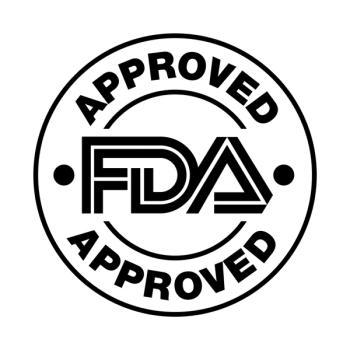
The approval allows all patients 12 years and older to use pembrolizumab and berahyaluronidase alfa-pmph for subcutaneous injection for solid tumor indications approved for intravenous pembrolizumab.

Despite higher burden of metabolic issues, individuals with HIV were not more metabolically ill.

Accessibility to gender-affirming surgery needs to be improved for transgender, nonbinary, and gender-diverse individuals.
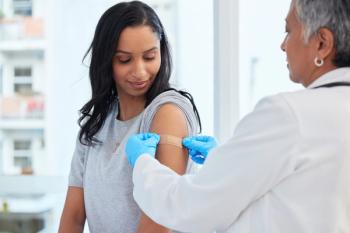
The governors California, Oregon, Washington, and Hawaii came together to announce their winter virus recommendations.
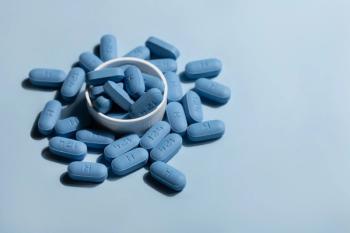
Net health care costs would also increase by billions of dollars should pre-exposure prophylaxis become less accessible.

New demands to follow the most favored nation executive order could lead to some compliance but it is unknown just how effective they will be across all health care.

Although children living with myopia taking atropine did experience an increased incidence of cataracts, glaucoma, or maculopathy, it is unclear if this risk was confounded by myopia severity.

A reduction in HIV incidence is possible with more structured choices for pre-exposure and postexposure prophylaxis being offered to patients at risk of HIV.

Cemiplimab plus chemotherapy was found to be consistently effective in treating non-small cell lung cancer (NSCLC) and held up in the EMPOWER-Lung 3 trial.

Experts in cardiometabolic conditions gathered in Aurora, Colorado, on August 19, 2025, to discuss the methods available to prevent cardiovascular events.

Coverage of our peer-reviewed research and news reporting in the health care and mainstream press.

Making sure that children have access to high-quality care and parents trust that care is important in making sure that children are cared for after Medicaid cuts take effect.

Bone density was found to be lower in those diagnosed with HIV vs those who were HIV-negative.

DeepSeek-R1 was able to improve diagnosis management in these subspecialties while also lowering operation costs.
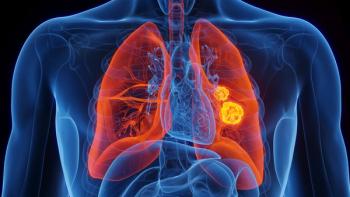
The use of cemiplimab with chemotherapy showed durable improvements in survival outcomes for non-small cell lung cancer (NSCLC) after 5 years.

Reducing the deferral period from 12 months to 3 months for those with high-risk behaviors did not increase the incidence of infectious diseases like HIV and hepatitis B appearing in donated blood.

Maintaining eye health through regulating use of technology and attending annual checkups are an important aspect of children’s health as the school year approaches.

Medicaid cuts could be devastating to areas where health care deserts are prevalent, especially in children, making it vital that legislators understand the potential gap in care to help close it.

Coverage of our peer-reviewed research and news reporting in the health care and mainstream press.
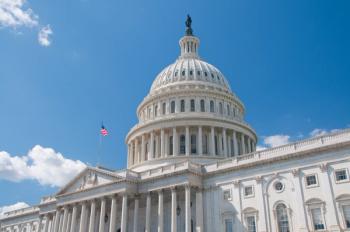
The hearing included questioning from both sides of the aisle as Robert F. Kennedy Jr defended his decisions as secretary of HHS.

New abstracts from the 26th International Workshop on Clinical Pharmacology of HIV, Hepatitis, and Other Antiviral Drugs 2025 found that ACC017 showed promise in its use as an antiretroviral therapy.
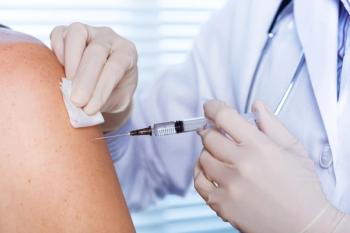
Joseph Ladapo, MD, PhD, Florida’s surgeon general, announced the move during a news conference where he stated that he would end “every last one of them.”

Jack Tsai, PhD, MSCP, emphasized that comparing the methods of different jurisdictions can aid decision-making as the new executive order is enacted.

In the first part of this Q&A, Kathy Oubre, MS, discusses how likely it is that the most favored nation executive order will lead to price reductions in prescription drugs.
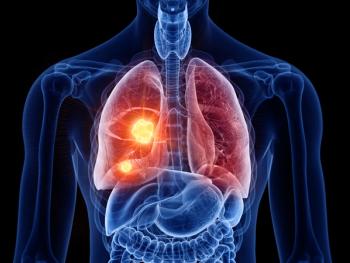
Patients with early-stage non–small cell lung cancer had improved outcomes after surgical treatment if they adhered to quality metrics associated with survival.
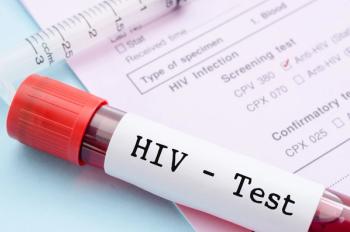
Patients had better linkage to care for HIV and HIV was more frequently diagnosed when it was tested alongside other sexually transmitted infections (STIs), such as chlamydia and gonorrhea.

Kristen R. Choi, PhD, PMHNP-BC, FAAN, discussed how the new executive order aimed at addressing homelessness could result in adverse consequences.

259 Prospect Plains Rd, Bldg H
Cranbury, NJ 08512
© 2025 MJH Life Sciences®
All rights reserved.
